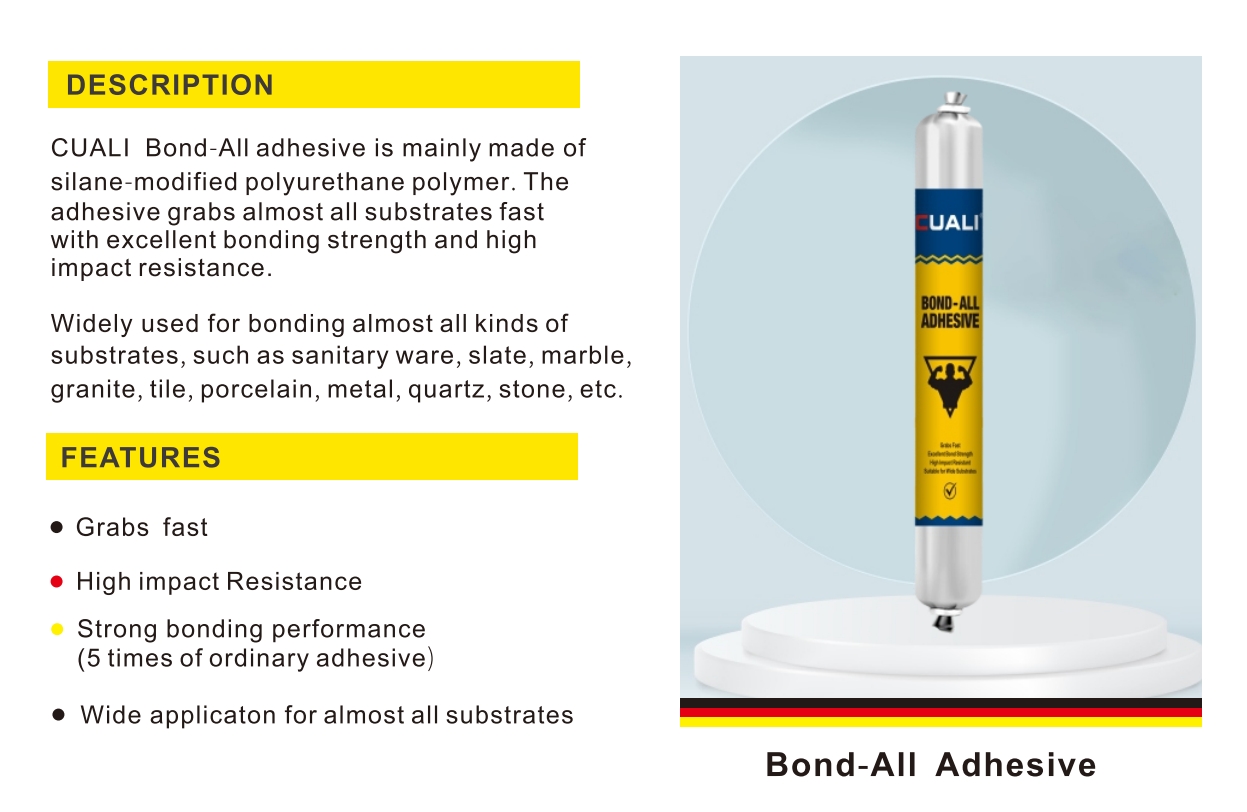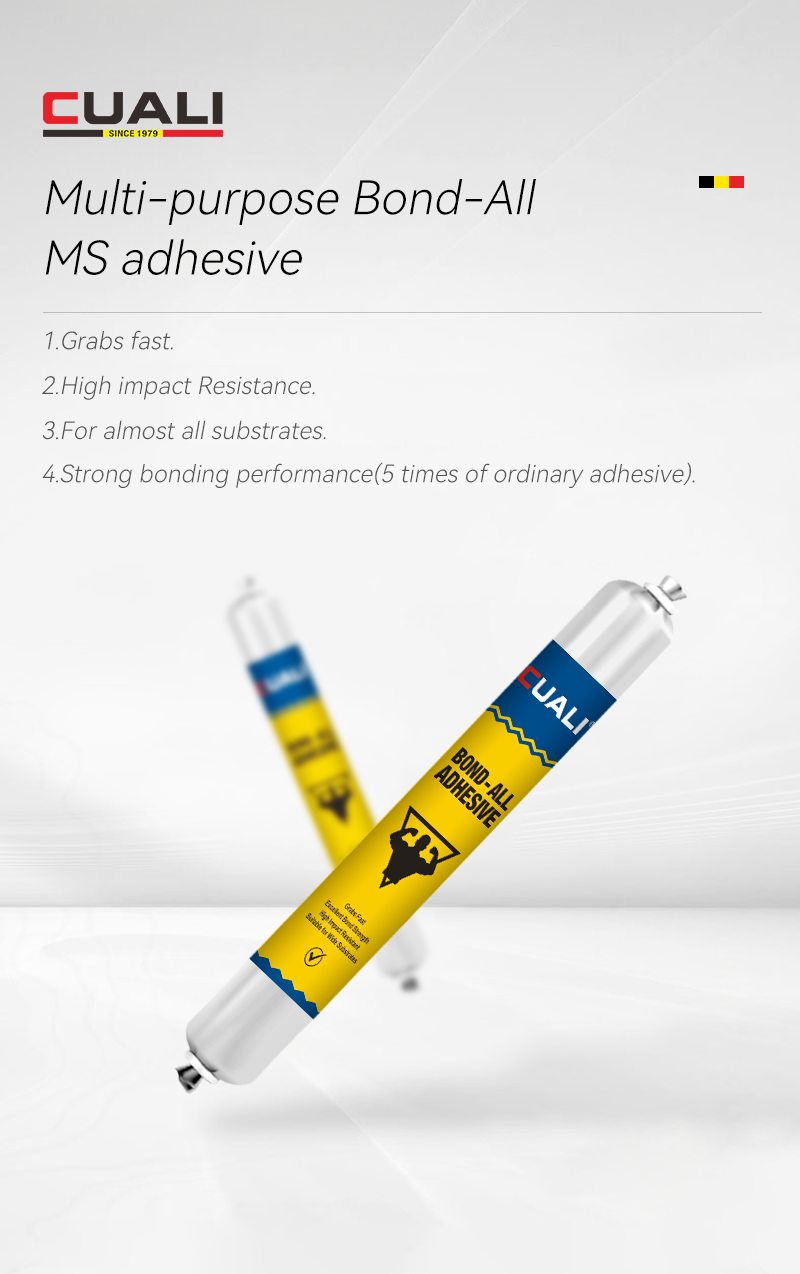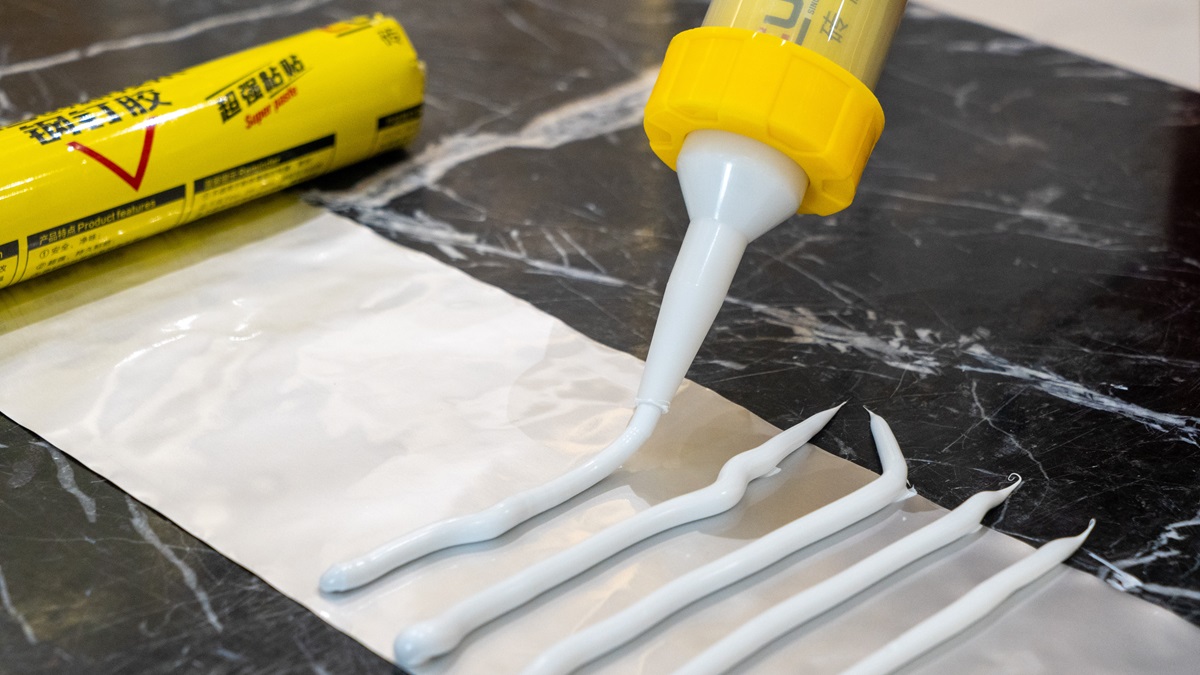
MS Polymer Sealant: Definition, Benefits, and Applications
MS polymer sealant is a versatile, high-performance bonding and sealing material widely used in construction, automotive, and home improvement. It is formulated from modified silane polymers, which combine the elasticity of silicone with the adhesion of polyurethane. This unique structure gives it strong bonding power, weather resistance, and flexibility, making it a reliable alternative to traditional silicone or polyurethane sealants in various scenarios.
Key Features of MS Polymer Sealant
- Excellent Adhesion: It bonds tightly to most materials, including metal, glass, wood, and plastic, without the need for primers. Even on slightly rough surfaces, it maintains a stable seal.
- Weather Resistance: It withstands extreme temperatures (-40°F to 176°F), UV rays, and moisture. Unlike some sealants, it doesn’t crack in cold weather or soften in heat.
- Low Odor and Eco-Friendly: It contains no solvents or isocyanates, emitting minimal odor during application. This makes it safe for indoor use, such as in homes, schools, or hospitals.
- Flexibility: After curing, it remains elastic, adapting to thermal expansion or slight substrate movement (e.g., window frames or door gaps) without losing its seal.
- Paintability: Unlike silicone sealant, which is hard to paint over, MS polymer sealant can be painted with most paints, allowing it to blend seamlessly with the surrounding decor.

Common Applications of MS Polymer Sealant
- Construction: Sealing gaps around windows, doors, and skirting boards; bonding wall panels or ceiling tiles.
- Automotive: Repairing car body gaps, securing trim, or sealing undercarriage components.
- Home Renovation: Filling gaps in kitchen countertops, bathroom fixtures, or wooden furniture.
- Outdoor Projects: Waterproofing outdoor furniture, garden fences, or roof edges exposed to rain and sunlight.
MS Polymer Sealant vs. Silicone Sealant
Both are used for sealing, but their properties differ:
|
Property |
MS Polymer Sealant |
Silicone Sealant |
|
Adhesion |
Strong on most materials |
Weaker on non-porous surfaces |
|
Paintability |
Paintable with most paints |
Not paintable |
|
Weather Resistance |
Resists extreme temps and UV |
Good, but may shrink over time |
|
Odor |
Low odor |
May have a strong chemical smell |
|
Flexibility |
Maintains elasticity long-term |
Less flexible in cold weather |
Installation Tips for MS Polymer Sealant
- Surface Preparation: Clean the surface to remove dust, oil, or moisture. For very smooth surfaces, lightly sand to improve adhesion.
- Application: Cut the nozzle to match the gap size, apply a continuous bead along the gap, then smooth with a tool (dampened with water) for a neat finish.
- Curing Time: It skins over in 15–30 minutes and fully cures in 24–48 hours. Avoid water exposure during curing.
- Cleanup: Wipe excess sealant with a damp cloth before it cures—no need for harsh solvents.

Why Choose MS Polymer Sealant?
It’s ideal for projects needing:
- Strong bonding and sealing in both indoor and outdoor settings.
- A paintable finish to match decor.
- Low odor and safety for enclosed spaces.
For home repairs, construction, or automotive use, MS polymer sealant offers a balance of performance and ease of use that traditional sealants often lack.
Summary:
This article explains MS polymer sealant, covering its definition, key features (adhesion, weather resistance, flexibility), applications, and a comparison with silicone sealant. It also provides installation tips, highlighting its suitability for diverse scenarios from construction to home renovation.
Time:
2025-07-26
More News
